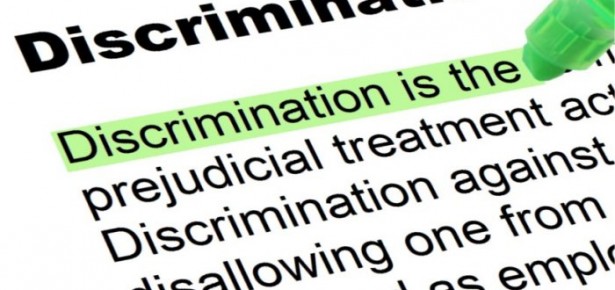
It is sometimes tempting to buy into the idea that we live in a “post-racial” world – people squirm away from accusations of racism. In fact, in the recent presidential campaign in the United States, Democrat nominee Hillary Clinton came under fire for calling some of Republican nominee Donald Trump’s supporters racist, sexist, homophobic, Islamophobic and xenophobic[1]. In response, Trump called out Clinton for what he described as “bigotry”, despite his own actions[2]. It seemed that accusations of prejudice had themselves became, to Trump at least, worse than the words and actions that prompted them.
If we step back from political debates and look to the data, however, we can see that inequality – the material consequence of prejudice – continues to be present. These material consequences have devastating effects beyond name calling or hurt feelings. From the disproportionate odds of being shot by police if you are a Black man in the United States, to the criminalization of homosexuality in many African countries, to the comparative economic, social, and educational hardships faced by people of color in the Western world, prejudice can impair, ruin or even end lives.
It is this reality that motivated both myself, and my co-editor Chris G. Sibley, to embark upon careers in the scientific study of prejudice. The motivation was, I think, relatively simple – to turn the scientific lens to understanding prejudice, and how to effectively challenge it. Cumulatively, we have over two decades of experience researching racism, and recognize that while our motivation to research prejudice was simple, prejudice itself is a complex, insidious, and ever changing beast.
In editing our upcoming volume, The Cambridge Handbook of the Psychology of Prejudice, we therefore wanted to take the most cutting edge research from within psychology (our discipline) and apply it to: a) explaining what prejudice is (and the forms it can take), and b) what we can do to fight it (for fight it we must).
This book is written for anyone who is interested in prejudice, including, but not limited to, students and academics. With a line-up of world-renowned scientists, the book tackles hard questions. These include how our evolutionary past has shaped our current tendency to discriminate, how some people might be more prejudiced than others due to their genes, and how prejudice often comes down to emotions, rather than thoughts. We challenge the reader to consider their own prejudices, highlighting discrimination on the basis of race and sexual orientation, as well as gender and appearance. Finally, we look at how identities, interventions, and friendships can be set up to break down prejudice.
________________________________
In the United States in 1968, civil rights leader Martin Luther King Jr, was shot and killed. It was perhaps harder then to ignore the real presence of racism and discrimination than it is today—but many people still turned a blind eye. Jane Elliott, a teacher from Iowa, wasn’t going to let her class do so. She created a classroom activity for her White students that would allow them to experience, first hand, what being discriminated against actually felt like[3].
She called this the Blue-eyed/Brown-eyed exercise. The premise was simple: those with blue eyes were inferior to those with brown eyes, and would be treated accordingly. Almost immediately, Jane Elliott saw the behaviour in her class change, not just of the brown-eyed children (who took to their task with enthusiasm), but also in the blue-eyed children, who began to struggle. This exercise, and Elliott herself, have been the focus of multiple papers and documentaries. In part, this work inspired both Chris and myself to begin our careers in the scientific study of prejudice. As we were finishing up our chapter list we were skyping with one another, and floated the idea of approaching Jane Elliott for a chapter. We were both nervous, and thought that even if we emailed she probably wouldn’t respond. Even so, we decided to give it a go. It was to our great surprise that Jane Elliott wrote back to us a) agreeing to write a chapter, and b) telling us that prejudice was not the problem. In the concluding chapter of this book, Jane Elliott recounts her experience developing the Blue-eyed/Brown-eyed exercise, and ends with a challenging call to arms. She argues, convincingly, that prejudice is a secondary problem to the hierarchical and unjust systems that prop up intergroup inequality and allow prejudiced attitudes to flourish. Her ideas match with much of the current thinking on prejudice, both in the book, and elsewhere.
Our book gives insight into prejudice, and how to fight it, but our hope more than anything is that it will be generative – sparking new and creative ways for all of us to understand, and tackle, prejudice and inequality.
[1] https://www.washingtonpost.com/news/post-politics/wp/2016/09/09/clinton-half-of-trumps-supporters-fit-in-basket-of-deplorables/
[2] http://www.huffingtonpost.com.au/entry/donald-trump-racist-examples_us_56d47177e4b03260bf777e83
[3] Jane Elliott’s Blue Eyes/Brown Eyes Exercise On ABC https://www.youtube.com/watch?v=ZXTgWk7ca1k
Latest Comments
Have your say!